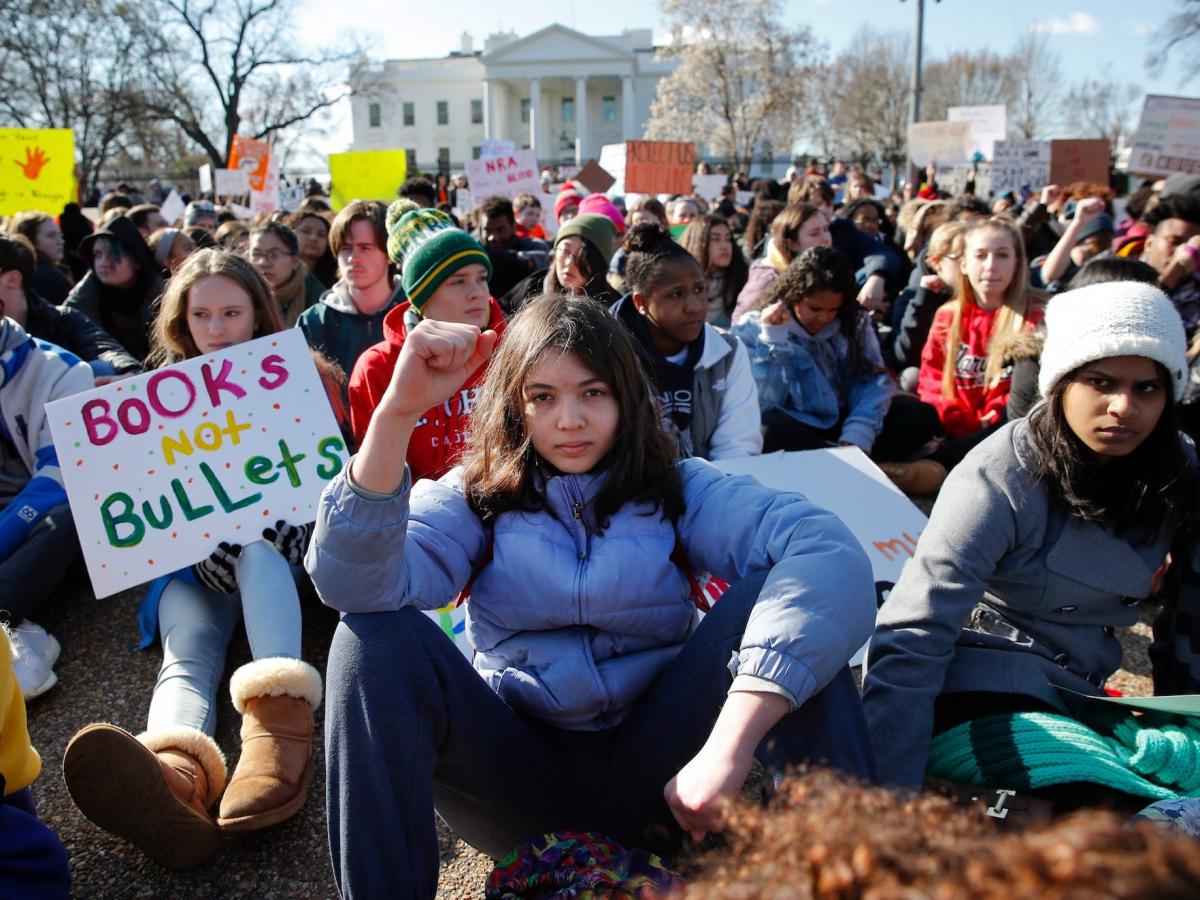2aguy
Diamond Member
- Jul 19, 2014
- 112,217
- 52,453
- 2,290

New research puts the 'good guy with a gun' idea to rest: Loose concealed-carry laws are linked to more firearm homicides
States with looser concealed-carry laws have higher rates of gun homicide. And higher gun-ownership rates are associated with more mass shootings.www.yahoo.com
A new study found that states with looser concealed-carry gun laws have higher rates of gun homicide.
The results also showed that higher levels of gun ownership are associated with more mass shootings.
The study suggests the US could reduce gun violence by lowering levels of gun ownership and passing stricter concealed-carry laws.
Visit Business Insider's homepage for more stories.
The "good guy with a gun" theory goes like this: If more well-intentioned people carry guns, there's a higher chance of stopping a violent shooter.
Unfortunately, that's not how it works in real life, according to new research published in the journal Justice Quarterly. The study found that laws allowing more people to carry guns in public are associated with a rise in gun violence. The results also showed that the higher a state's gun-ownership rate, the more likely a mass shooting is.
There are also measurable increases in murder charges filed in states after stand your ground laws are passed.
What a load of crap.

